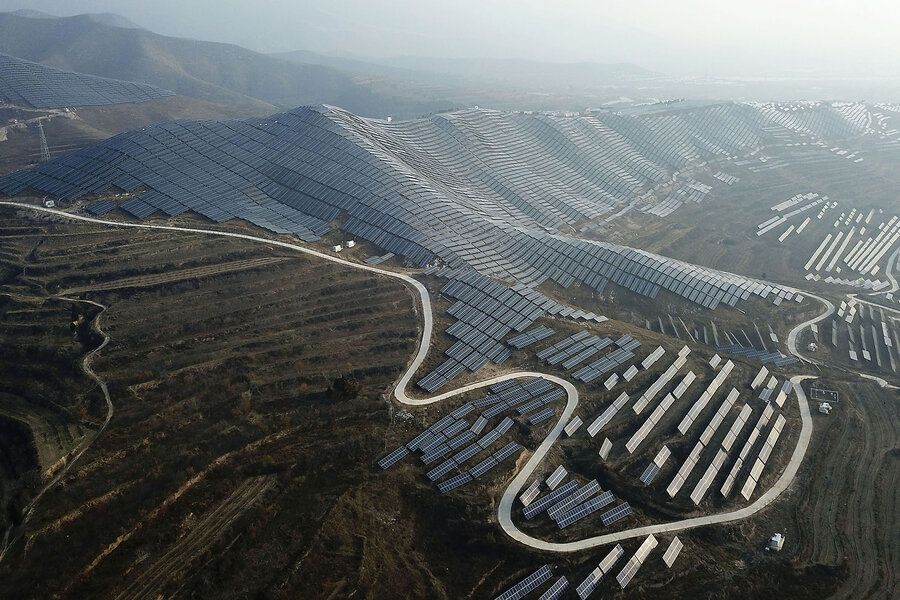PARIS (Realist English). Global energy investment is expected to hit an all-time high of $3.3 trillion in 2025, driven by a surge in funding for clean energy technologies, according to the International Energy Agency’s new World Energy Investment 2025 report. More than $2.2 trillion – or two-thirds of the total – will flow into renewables, nuclear, storage, grids, low-emissions fuels, and electrification.
The report highlights the growing role of industrial policy, energy security, and cost competitiveness as major drivers behind the clean energy boom – even as persistent global uncertainties dampen new fossil fuel project approvals. Meanwhile, fossil fuel investment is projected to reach $1.1 trillion, led by activity in the Middle East and Asia.
“Energy security is clearly at the heart of this record surge in global investment,” said IEA Executive Director Fatih Birol, who noted that while some investors are cautious amid global instability, most existing projects remain unaffected.
China: the world’s largest energy investor
China has firmly cemented its position as the single largest energy investor globally, spending twice as much as the European Union and nearly as much as the EU and United States combined, Birol said. In just a decade, China’s share of global clean energy investment has risen from 25% to nearly one-third, with strategic funding in solar, wind, hydropower, nuclear, EVs and batteries.
Solar PV remains the standout technology: global investment in solar is expected to reach $450 billion in 2025, making it the largest single item in the global energy investment portfolio. Battery storage investment is also accelerating, expected to top $65 billion this year.
Spending on nuclear energy is rising too, with a projected $75 billion in capital flowing to the sector in 2025 – up 50% from five years ago.
Electricity leads energy investment, but grid gaps widen
The report paints a clear picture of a new Age of Electricity. A decade ago, fossil fuels drew 30% more investment than electricity generation and infrastructure. Today, electricity investments – including generation, grids, and storage – are expected to outpace fossil fuel spending by 50%.
However, investment in electricity grids, currently around $400 billion per year, is failing to keep pace with demand. To maintain electricity reliability and security, the IEA warns that grid investment must reach parity with generation spending by the early 2030s. Delays in permitting and supply chain shortages for key components like transformers are key barriers.
Coal makes a comeback in Asia
Despite the clean energy boom, coal investment remains robust in some regions. China began construction of nearly 100 GW of new coal-fired capacity in 2024, pushing global approvals for coal projects to their highest levels since 2015. India is also increasing coal investments to meet rising power demand.
Meanwhile, upstream oil investment is set to decline by 6% in 2025 – the first drop since the Covid-19 slump – driven by reduced U.S. shale spending. In contrast, liquefied natural gas (LNG) investment is rising fast, with major new projects in the U.S., Qatar, and Canada. Between 2026 and 2028, global LNG capacity will see its largest expansion on record.
Africa and emerging markets still underfunded
The IEA warns of stark investment disparities. Africa, home to 20% of the world’s population, accounts for only 2% of global clean energy investment. Total energy spending on the continent has fallen by one-third in the last decade, hindered by collapsing fossil fuel investments and underdeveloped clean energy sectors.
To address this imbalance, the report calls for scaling up international public finance and using it to leverage private capital in developing economies.
The 2025 edition of the World Energy Investment report also introduces an interactive data explorer, enabling users to compare energy investment trends across technologies, countries, and regions from 2016 through 2025.
